
Walking through Bab al-Futuh’s ancient gates, I felt time dissolve. Stone walls whispered of sultans and scholars. The scent of spices from Khan el-Khalili’s stalls pulled me deeper into this 5.23-square kilometer time capsule. Islamic Cairo, قahira al-maez, isn’t just a place—it’s a living mosaic of faith, art, and survival. As a UNESCO World Heritage site since 1979, every alley here holds a story waiting to be discovered.
Imagine standing where the first mosque in Africa—the 642 A.D. Mosque of Amr ibn al-As—once hosted prayers. Or tracing the footsteps of scholars at Al-Azhar University, still teaching 1,000 years after its founding. This Islamic Cairo travel guide isn’t just maps and timelines—it’s your key to feeling the pulse of a city where medieval minarets rise beside bustling modern life.
Let me show you how to wander beyond the obvious. From the Saladin Citadel’s 12th-century ramparts (LE550 entry fee includes sunset views over the Nile) to hidden gems like the Al-Hakim Mosque, built when William the Conqueror ruled England. Every step here is a conversation with history. Ready to listen?
Walking through Islamic Cairo’s streets is like looking at a timeline of Islamic history. Founded in 969 CE by the Fatimids, it was a cultural and intellectual center. Each ruler left their mark on the buildings.
The Fatimids started with grand gates and mosques like Al-Azhar, which is still a university. The Mamluks added intricate minarets and patterns, turning buildings into art. The Ottomans came in the 16th century, mixing Turkish styles with local ones.
Every corner of Islamic Cairo shows its rich history. The Sultan Hassan Mosque, built in the 1300s, is a Mamluk gem. Nearby, Saladin’s Citadel is a military wonder that ruled for seven centuries.
UNESCO recognized Islamic Cairo as a World Heritage Site in 1979. It has over 500 monuments, each with its own story. From ancient churches to bustling bazaars, Islamic Cairo’s architecture is alive.
Plan your visit to feel the city’s history and modern life blend. It’s not just about seeing buildings; it’s about experiencing the city’s pulse.
Planning your trip to Islamic Cairo begins with understanding its vast area. My first visit was overwhelming, with narrow alleys, busy souks, and ancient mosques. Start by making a list of places you must see, like Al-Azhar Mosque or the Ibn Tulun minarets.
Then, plan your route using a mix of walking and taxis. The area’s density means traffic can be a challenge. Uber is a good choice to keep your journey smooth.
Wear clothes that breathe and sturdy shoes. Walking on sun-baked stones and dusty paths can be tough. Pack moisture-wicking fabrics and a hat to stay cool. Don’t forget a reusable water bottle and sunscreen with SPF 50+.
Bring a small daypack with essentials like a reusable face mask and a portable charger. This way, you’ll be ready for anything.
Timing is key. Get to Al-Muizz Street by 8 AM to avoid the crowds. By midday, the heat and crowds peak. Find shade in Khan el-Khalili’s spice shops or cool off with a mint tea.
Always ask locals for shortcuts to avoid the sun. And remember, modest dress is mandatory in mosques. Keep a scarf handy to cover your shoulders and knees, even in summer!
Exploring Islamic Cairo is rewarding for those who are well-prepared. With these tips, you’ll navigate its labyrinth with confidence. Ready to wander those 10th-century streets like a local? Let’s go!
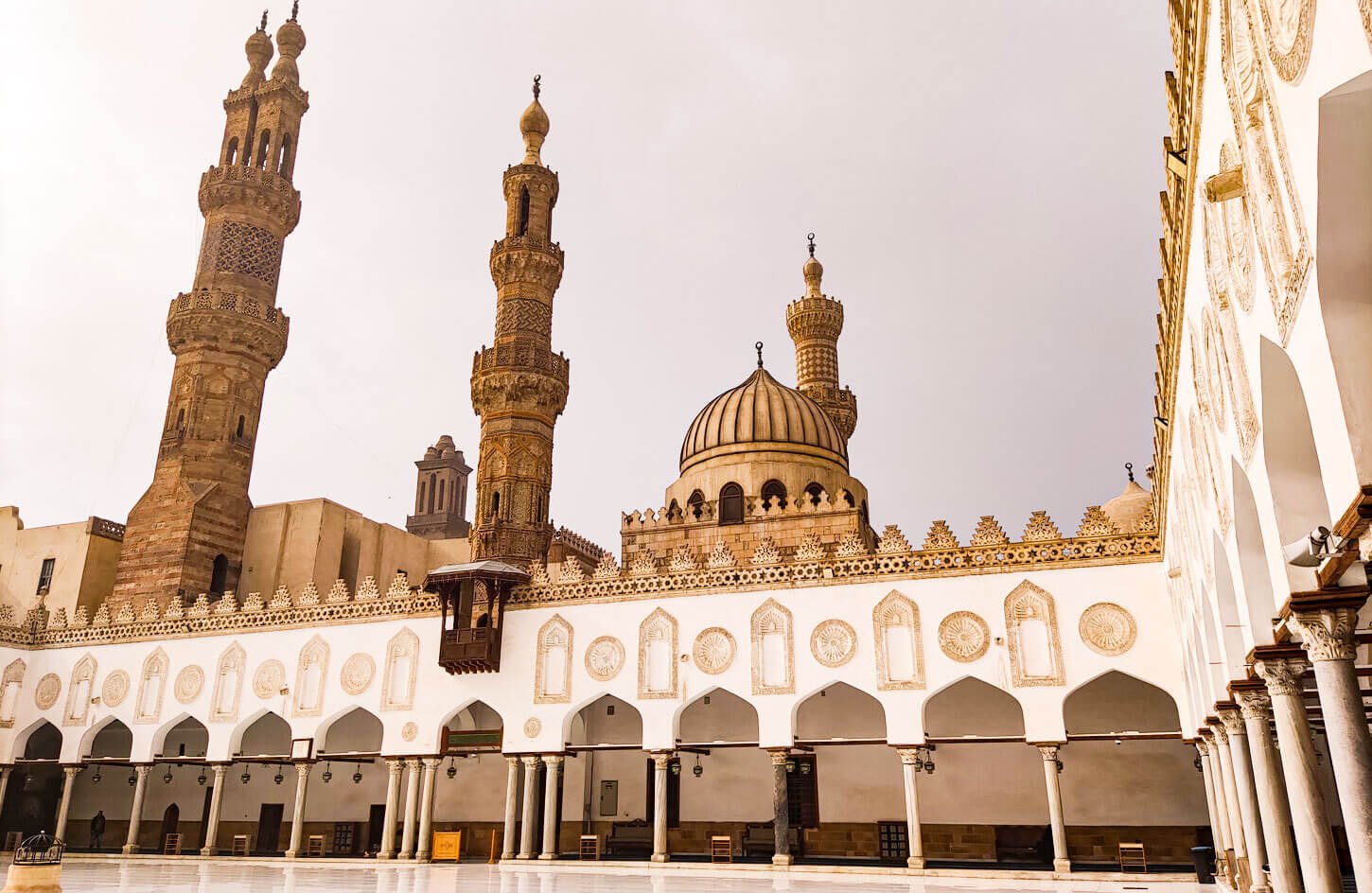
Islamic Cairo is filled with history, and the Saladin Citadel is a must-see. This 12th-century fortress stands tall, housing the Mosque of Muhammad Ali. Its domes and carvings are stunning. Walking its walls, you’ll understand its importance since Saladin’s time.
Al-Azhar Mosque is a key spot for Islamic learning since the 10th century. Its marble floors and calligraphy are breathtaking. The Khan El Khalili Bazaar is a sensory adventure, like stepping into a 14th-century tale.
The Mosque of Ibn Tulun is a marvel for architecture lovers. Its minarets and prayer hall are impressive. Coptic Cairo’s Hanging Church, built on Roman gates, showcases Christian history. The Museum of Islamic Art has over 12,000 artifacts, from ceramics to Quranic manuscripts.
Discover hidden gems like the Nilometer and Manial Palace’s gardens. Al-Muizz Street, with its historic gates, feels like a journey through time. The Sultan Hassan Mosque offers a peaceful escape with its patterns and courtyards.
The Cairo Pass makes exploring these sites easy. Each place has its own story, from the Citadel’s height to the Cave Church’s secret chapels. Let these attractions in Islamic Cairo spark your curiosity, one step at a time.
Islamic Cairo walking tours guide you through a city full of stories. You might walk the Saladin Citadel’s walls or enjoy mint tea in Khan El Khalili. These tours turn mystery into discovery. Choose your adventure from three paths!
Begin with self-guided Islamic Cairo tours from local bookshops. I’ve mapped paths from the Sultan Hassan Mosque to Al-Azhar’s courtyards. History will lead your way. For more stories, free walking tours by passionate guides reveal Fatimid secrets. Don’t forget to tip.
Private tours ($50–72 per person) offer a closer look at places like the Umm Sultan Shajarat al-Durr Mosque.
Pro tip: Dawn hikes to the Citadel’s summit are breathtaking. You’ll see Cairo’s first light on 700-year-old battlements. Many tours include meals at family-run cafes. Try koshari and learn about Mamluk architecture. These tours make the city’s streets come alive with Islamic artistry.
Imagine sipping mint tea at El-Fishawi café, where Cairo’s storytelling heart beats. This 1977 gem on Khan-el-Khalili’s bustling streets feels plucked from a golden-age film. It has wooden booths, vintage mirrors, and the hum of Arabic literature enthusiasts. Cultural experiences in Islamic Cairo thrive in these hidden corners.
Lose yourself in the spice markets of Khan el-Khalili, where the air swirls with saffron, cardamom, and hibiscus. Vendors greet you with “Salam aleikum”—their smiles inviting you to haggle like a local.
Don’t miss the alabaster workshops along Al-Muizz Li-Din Allah Street. Watch artisans carve light-reflecting stone, their tools echoing craftsmanship from the Fatimid era. By night, wander the lantern-lit alleys of Bab Zuwayla, where the scent of kunafa mixes with the call to prayer. These moments—the taste of freshly squeezed sugarcane juice, the feel of handwoven kilims—are the best things to do in Islamic Cairo.
Join a lantern-making class at a family-run studio, or attend a sufi music performance in a 14th-century madrasa. Evenings at the Ibn Tulun Mosque’s courtyard offer storytelling sessions under starlight, blending history with the clatter of nearby bazaars. Every experience here is a thread in Cairo’s timeless tapestry—authentic, alive, and waiting to be woven into your journey.
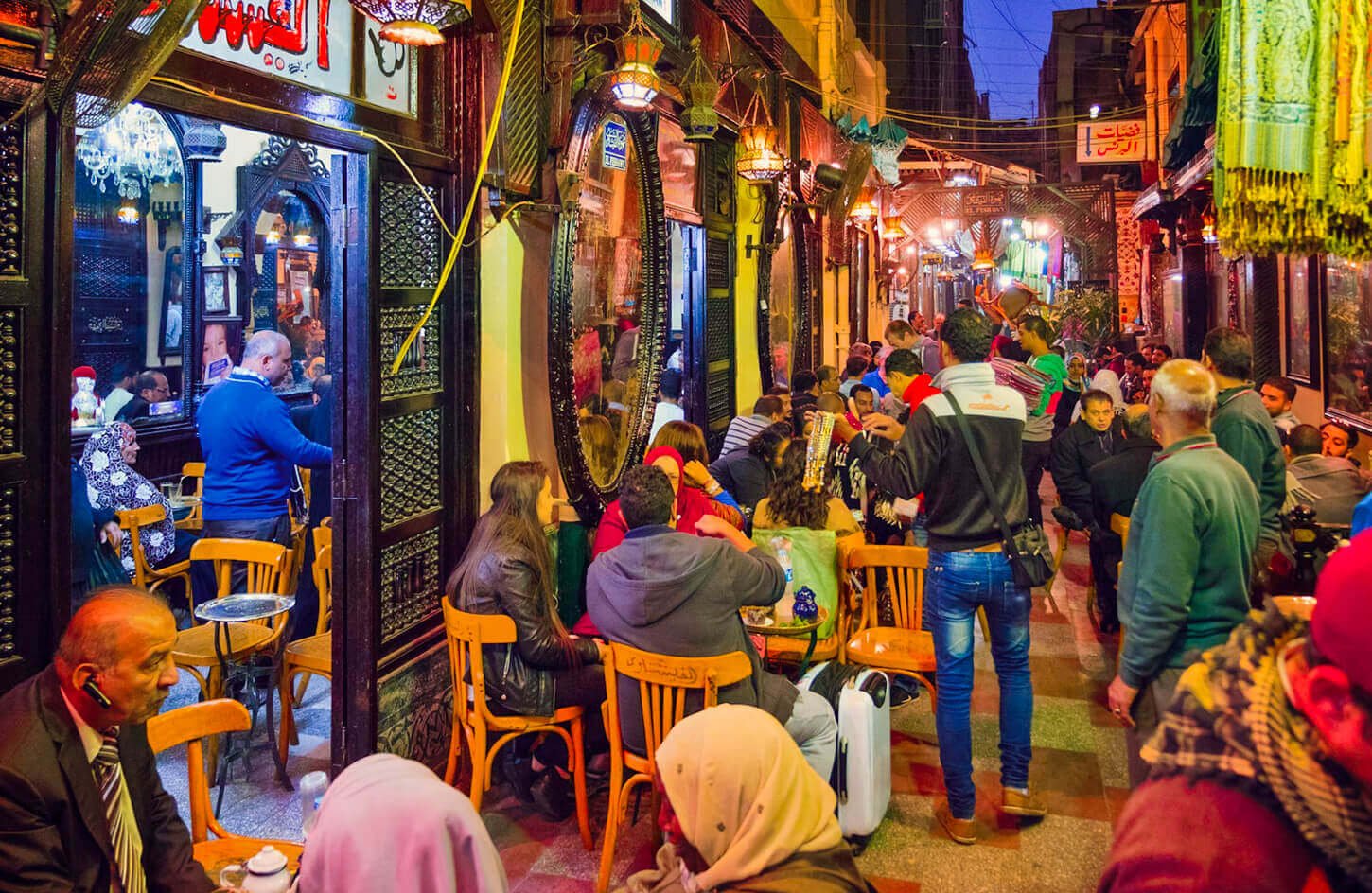
As a seasoned traveler, I’ve seen Islamic Cairo change with the seasons. Each season brings its own charm. For the best sightseeing, visit from October to April. These months offer mild weather, perfect for exploring ancient streets and landmarks like the Citadel and Al Azhar Mosque.
Winter (December–February) is great for exploring markets like Khan El Khalili. But, it’s peak season, so expect crowds and higher prices. March or April are better if you want fewer tourists. The temperatures are around 20°C, and the air is fresh.
Summer (June–August) is quieter, but it’s hot. Daytime temperatures often reach over 35°C. Hotels offer discounts during this time, making it a budget-friendly option.
Remember to time your visit with prayers and holidays. The Citadel closes its gates by 3 PM during Ramadan. Arrive early to explore. Fridays are busy with prayers, so avoid the courtyard between 12–1:30 PM.
My top tip is to check the weather before you go. September and October are breezy, perfect for finding hidden gems like the Hanging Church. Whether you’re walking by the Nile at dawn or enjoying mint tea with locals, the right time ensures a memorable visit without the heat or crowds.
Ever wondered how to turn Islamic Cairo’s ancient streets into unforgettable frames? Start by chasing golden hour light where minarets and domes glow amber. I’ve watched sunlight dance off the intricate carvings of Al-Azhar Mosque, a must-stop for composition shots. Don’t miss the 20-minute stroll from there to Al-Azhar Park—its elevated viewpoint captures the city’s skyline at sunset, perfect for wide-angle vistas.
Street life here is a visual feast. Wander the labyrinth of al-Khalili Bazaar’s 600+ stalls, where lanterns and textiles burst with color. Shoot close-ups of calligraphy on doorways or the shimmer of silver jewelry. Early mornings here mean fewer crowds and softer light for portraits. Pro tip: Ask vendors permission before snapping—most love sharing their craft!
Join a guided tour to unlock hidden gems. My favorite spots include the 14th-century Ibn Tulun Mosque’s geometric patterns and the Nile’s Kasr El Nile Bridge at dusk from a felucca ride. Professional guides know quiet alleys where shutterbugs can focus without tourist crowds. Capture the interplay of shadow and light in the city’s UNESCO-listed alleys—this is where architecture becomes art.
Remember to frame iconic landmarks like the Saladin’s Citadel against Cairo’s modern skyline. Night photography reveals another side: lantern-lit souqs and the flicker of qawwali performances. Whether shooting at the 600-shop bazaar or the serene Al-Azhar gardens, every angle tells a story. Your camera’s ready—now go make Islamic Cairo’s history your own.
Starting your Islamic Cairo tours is like entering a world where respect and curiosity meet. It’s important to blend in, not stand out. Leave the big maps and bright backpacks at home. Dressing modestly is key, covering shoulders and knees, and carrying a scarf for mosques.
Walking around, remember to remove your shoes before entering mosques. Always ask before taking photos inside. Locals will show you secret spots, but be mindful of mosque hours. Patience and a smile are your best friends.
Modesty is more than a tradition; it’s a way to build trust. Save your shorts and tank tops for the evening. During Ramadan, don’t eat or drink in public during daylight hours.
Carry small bills for taxis and bazaars, and don’t forget to tip. Always have bottled water and a reusable bottle. Showing affection in public? Keep it to yourself. Saying “shukran” (thank you) or “marhaba” (hello) goes a long way.
These tips are not rules but ways to truly experience Cairo. When you respect local customs, the city’s stories come alive. The best tours are those where respect is shared.
Sitting at that café, I watched the golden light dance across minarets that have stood for a thousand years. Islamic Cairo isn’t just a place—it’s a journey through 800 historic monuments. It’s a living heritage that UNESCO recognized as a World Cultural Heritage Site in 1979. Every corner whispers stories of sultans, scholars, and artisans who shaped this vibrant tapestry of faith and culture.
Exploring Islamic Cairo means walking paths tread by the Fatimids, Ottomans, and Coptic Christians. The Al-Azhar Mosque, teaching since 969 AD, and the 14th-century Sultan Hassan Mosque—spanning 13 hectares—showcase architecture that defies time. Yet it’s the cultural experiences in Islamic Cairo that linger longest: bargaining in Khan el-Khalili’s 600 shops, hearing the call to prayer echo from 400+ mosques, or tracing the Holy Family’s path in the 3rd-century Hanging Church.
This district’s heartbeat lies in its contrasts. The Ottoman-era Alabaster Mosque’s 52-meter dome towers above medieval alleyways, while Coptic frescoes in St. Sergius Church whisper of shared histories. Over 537 historic sites and 9,000 documented ceramic tiles tell stories of resilience and innovation. Initiatives like the Responsive Preservation Initiative ensure these treasures endure, inviting travelers to touch the past while supporting local communities.
When you wander Islamic Cairo, you’re not just a visitor—you’re a thread in its timeless story. Whether tracing the Citadel’s 12th-century ramparts or sipping mint tea near the Mosque of Amr Ibn Al-As, every moment connects you to a legacy that spans dynasties. This is a place where history isn’t displayed—it’s alive, vibrant, and waiting to inspire your next adventure.
Read more related articles:

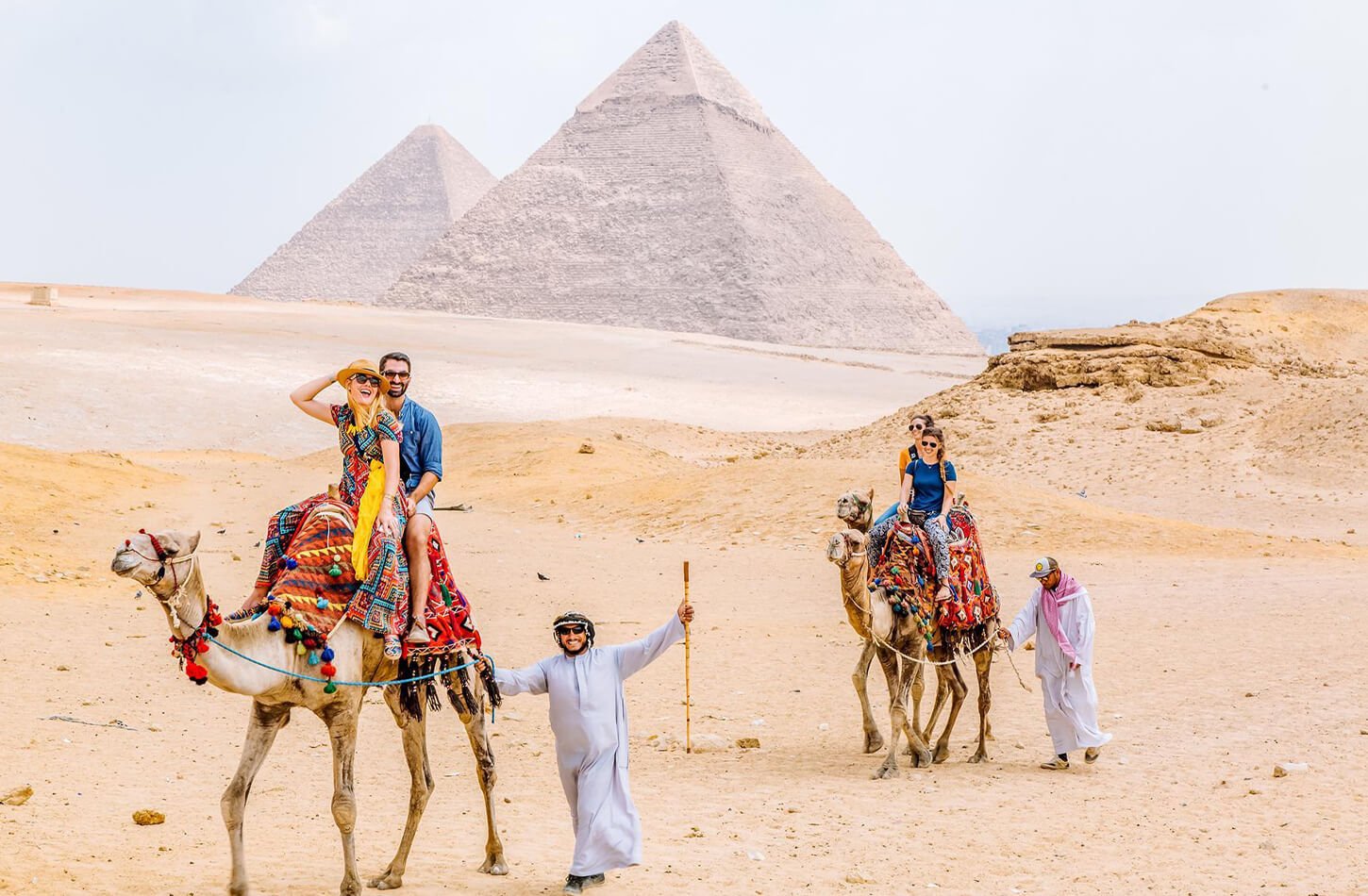
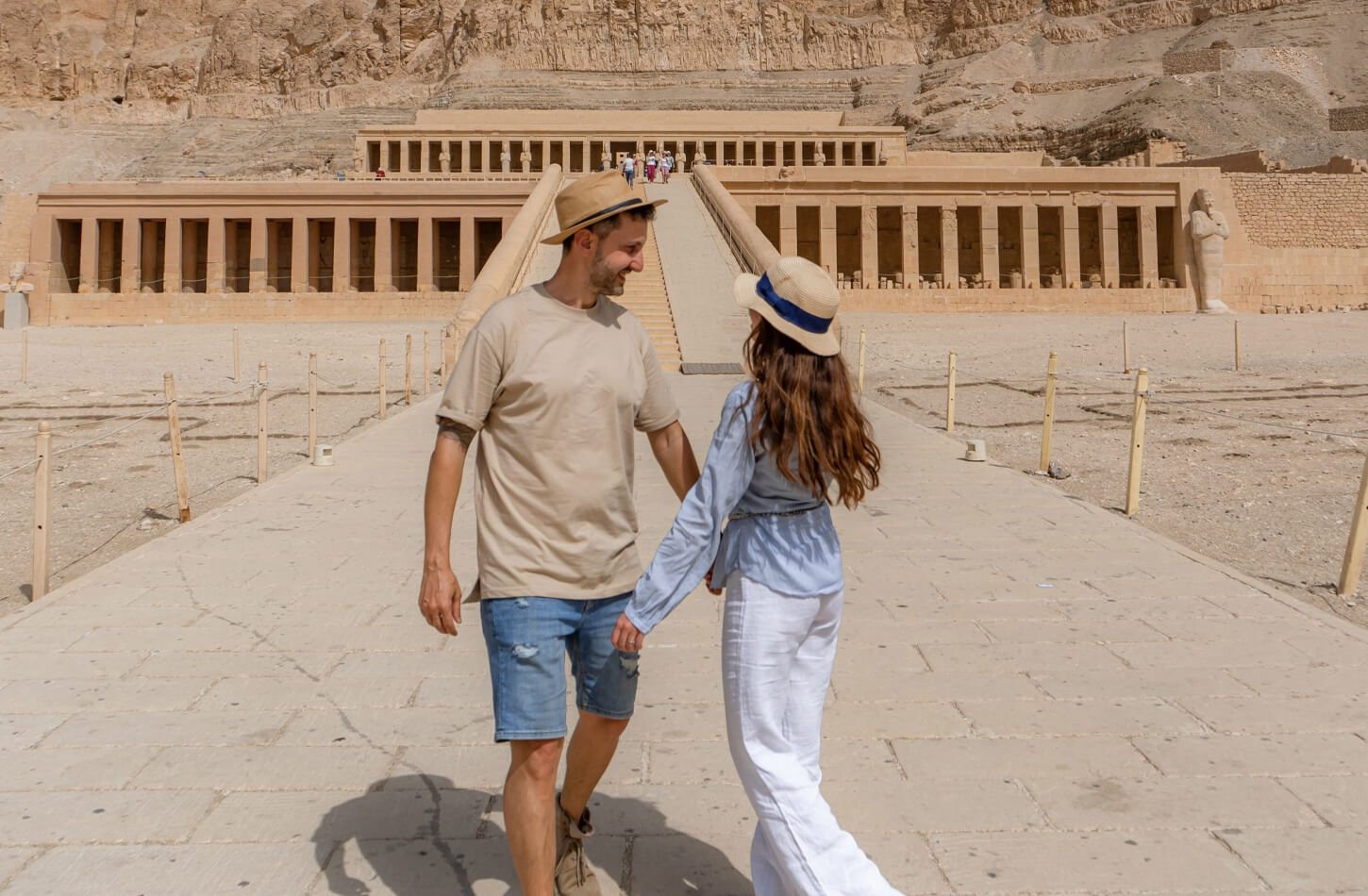
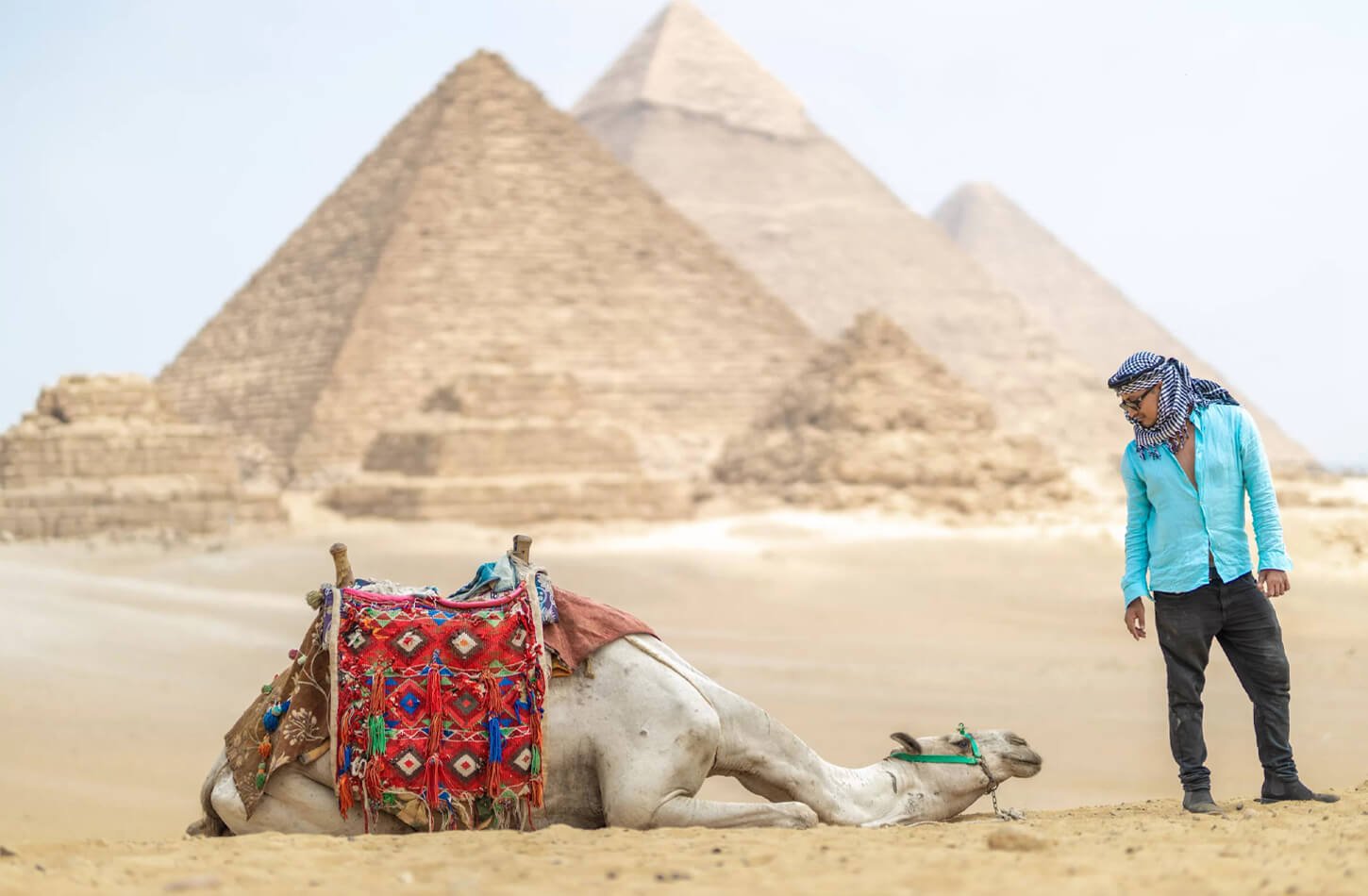
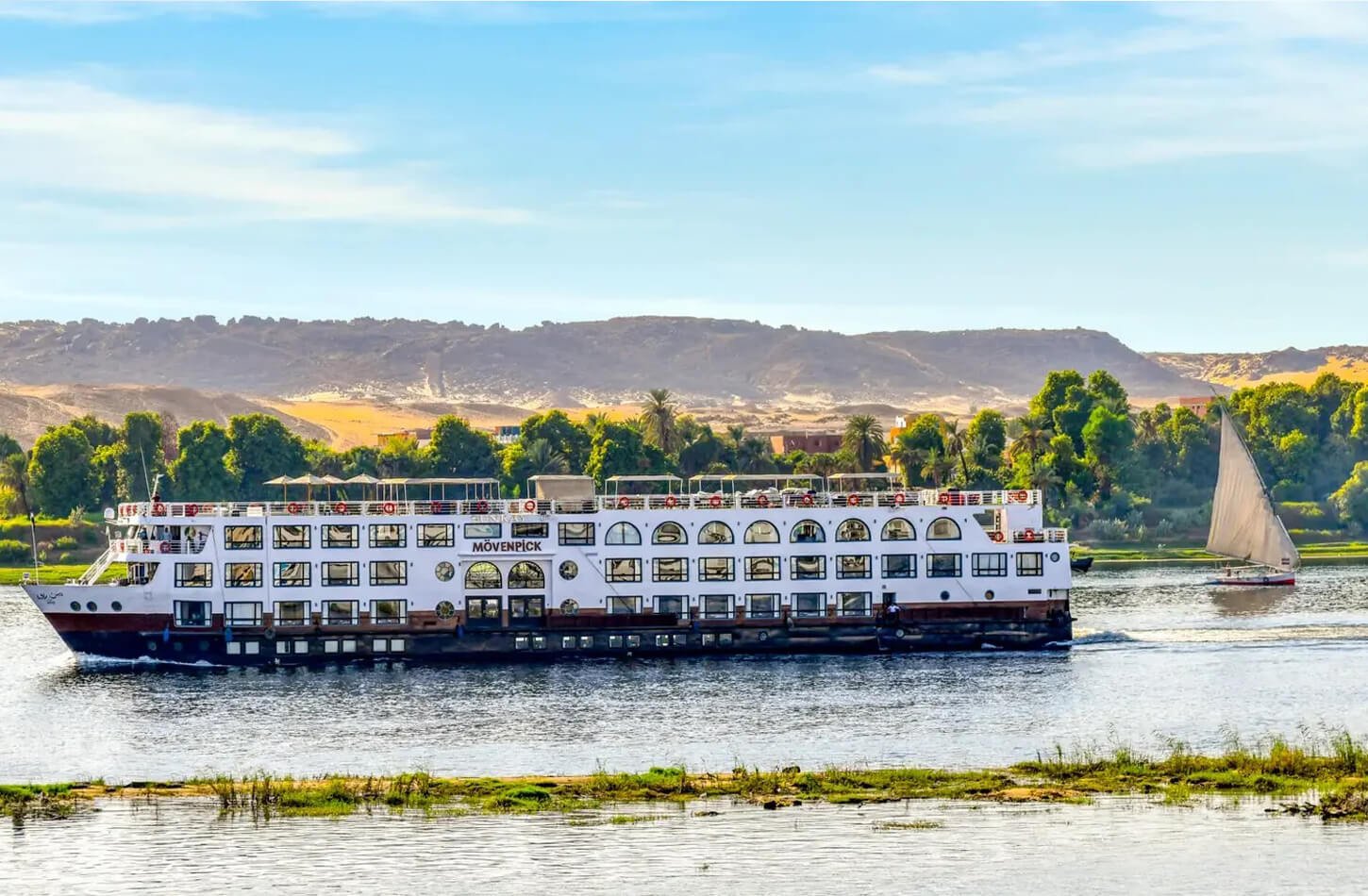


Don't just get there, get there in style.
Information
Follow Us
Payment channels
